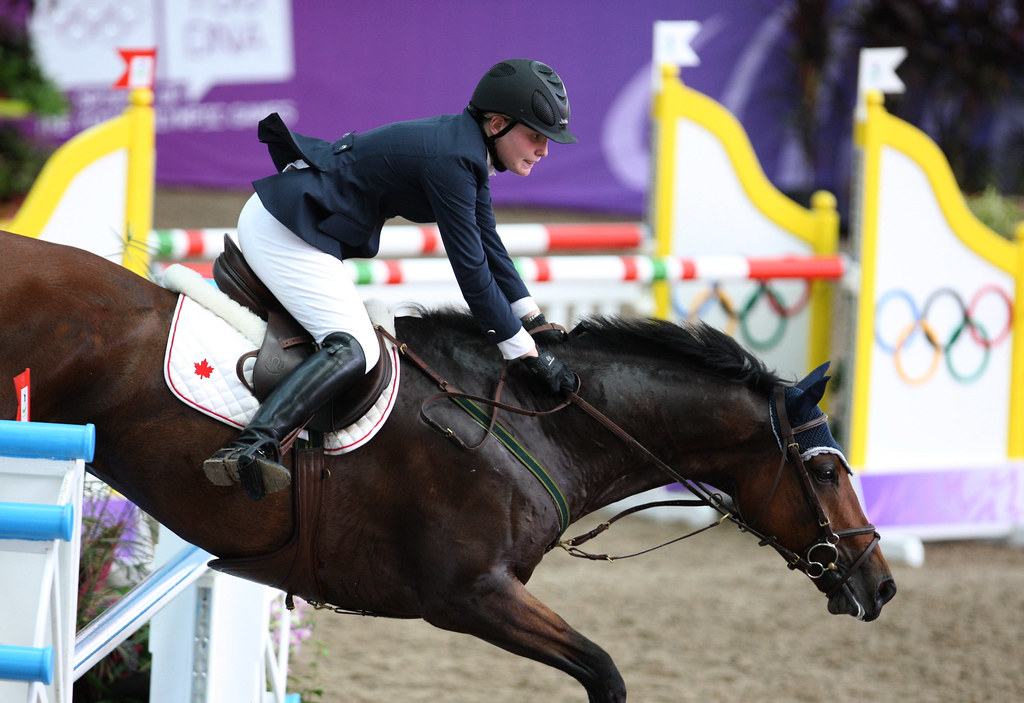Key Components of a Saddle
At its core, in relation to saddle anatomy, a saddle consists of several essential components that work in tandem to provide comfort, support, and control during horse riding. These components include the pommel, seat, cantle, panels, tree, stirrups, and girth.
The pommel is the raised front portion of the saddle that helps prevent the rider from sliding forward. The seat is where the rider sits, and its design influences the rider’s posture and balance. The cantle is the raised back part of the saddle, supporting the rider’s lower back.
Saddle Panels and Padding
Saddle panels, located beneath the seat, play a pivotal role in weight distribution and impact absorption. The choice of padding materials in these panels significantly affects the comfort of both the horse and the rider.
Seat and Balance
The seat is more than a place to sit; it’s a balance point that determines the rider’s stability. A well-designed seat enhances communication between the rider and the horse, allowing for subtle cues and movements.
Understanding Gullet Width
The gullet refers to the channel running along the saddle’s underside, allowing clearance for the horse’s spine. The gullet’s width is crucial, as improper width can lead to discomfort, pressure points, and even long-term damage.
Rider’s Position and Stirrups
Proper rider position is fundamental to effective communication with the horse. Stirrups contribute to this by supporting the rider’s legs and influencing their posture. A key part of saddle anatomy.
Choosing the Right Saddle Size
Selecting the right saddle size involves measuring both the rider and the horse. A saddle that fits well enhances comfort and ensures optimal weight distribution.
Saddle Anatomy and Fitting Process
Saddle fitting is a meticulous process involving assessing the horse’s conformation, back shape, and movement. Professionals use their expertise to determine the best saddle fit.
Common Saddle Fit Issues
Ill-fitting saddles can lead to various problems, such as bridging, where the saddle doesn’t make full contact with the horse’s back, or rocking, where it tips from front to back.
Saddle Anatomy and the Impact on Horse Performance
A well-fitted saddle can enhance a horse’s performance by allowing unrestricted movement. Conversely, an uncomfortable saddle can lead to reluctance, pain, and diminished performance.
Maintaining Saddle Health and Longevity
Proper maintenance, including regular cleaning and conditioning, is essential to prolonging the life of your saddle. This not only ensures rider comfort but also preserves the saddle’s value.
Saddle Accessories and Customization
Saddle pads, numnahs, and shims are accessories that can enhance saddle fit and rider comfort. Customization options allow riders to adapt the saddle to their and their horse’s needs.
Finding the Right Saddle Anatomy for Different Disciplines
Different riding disciplines demand specific saddle features. For instance, a dressage saddle offers a deep seat for close contact and precise cues, while a jumping saddle provides a forward flap and shorter stirrups for jumping.
Conclusion
Understanding saddle anatomy is not only vital for rider comfort but also for the well-being and performance of the horse. A well-fitted saddle ensures effective communication, optimal weight distribution, and a harmonious riding experience. So, whether you’re a seasoned rider or a beginner, investing time in understanding saddle anatomy is a step towards a more enjoyable and successful journey in the equestrian world.
FAQs
- How often should I have my saddle fitted?
It’s recommended to have your saddle fitted at least once a year, or whenever you notice changes in your horse’s body shape. - Can I use the same saddle for different riding disciplines?
While some saddles are versatile, it’s generally better to use a saddle tailored to the specific demands of each discipline. - What should I do if my saddle doesn’t fit my horse well?
Consult a professional saddle fitter to assess the fit and make necessary adjustments or suggest a suitable replacement. - Are synthetic saddles as good as leather ones?
Synthetic saddles have come a long way and can be suitable for some riders. However, leather saddles are known for their durability and comfort. - How do I measure my horse for saddle size?
Measure the distance between the horse’s withers and the last rib, then consult a saddle fitting guide for more specific measurements.
